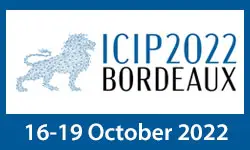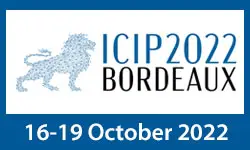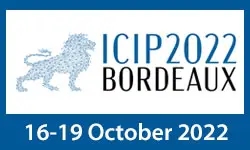Maximum Likelihood Surface Profilometry Via Optical Coherence Tomography
Joshua Rapp, Hassan Mansour, Petros Boufounos, Phil Orlik, Toshiaki Koike-Akino, Kieran Parsons
-
Members: FreeSPS
IEEE Members: $11.00
Non-members: $15.00Length: 00:09:02
19 Oct 2022
We solve the traditional problems of earthquake location and magnitude estimation through a supervised learning approach, where we train a Graph Neural Network to predict estimates directly from input pick data, and each input allows a distinct seismic network with variable number of stations and positions. We train the model using synthetic simulations from assumed travel-time and amplitude-distance attenuation models. The architecture uses one graph to represent the station set, and another to represent the model space. The input includes theoretical predictions of data, given model parameters, and the adjacency matrices of the graphs defined link spatially local elements. As we show, graph convolutions on this combined representation are highly effective at inference, data fusion, and outlier suppression. We compare our results with traditional methods and observe favorable performance.



